The medical history revealed the child had been ill for two days. On the first day, the child had a fever, vomiting, and a rash of blisters on the palms and soles of the feet. On the second day, the child developed a high fever and became lethargic, leading to admission to a local hospital where the child was diagnosed with hand, foot, and mouth disease grade 2A. Treatment according to the protocol did not improve the child's condition. The child was then transferred to the Children's Hospital of Ho Chi Minh City for further treatment.
On July 16th, Dr. Nguyen Minh Tien, Deputy Director of the City Children's Hospital, stated that patient K. exhibited lethargy, a pulse of 144 beats/minute, blood pressure of 121/49 mmHg, and irregular abdominal breathing at 34 breaths per minute. The diagnosis included hand, foot, and mouth disease stage 3, hypertension, slightly elevated liver enzymes, and severe metabolic acidosis.
The child was treated with endotracheal intubation for respiratory support, administration of immunomodulatory drugs, sedatives, antipyretics, and electrolyte and acid-base balance correction. After 7 days of treatment, the child's condition improved, fever subsided, heart rate decreased to 120-125 beats/minute, hemodynamics stabilized, the child was weaned off the ventilator, and was alert and responsive.

The child was diagnosed with hand, foot, and mouth disease stage 3 upon admission to the City Children's Hospital.
PHOTO: BSCC
Be alert for symptoms of hand, foot, and mouth disease.
Through this case, Dr. Tien advises parents that if their children exhibit symptoms such as fever, red rash with blisters on the hands, feet, buttocks, and knees, mouth ulcers, along with any of the following symptoms: startling, frequent vomiting, high fever that is difficult to bring down, abnormal breathing, trembling hands and feet, unsteady gait, inability to sit steadily, difficulty swallowing, mottled skin (purple streaks), paleness, lethargy, seizures, etc., they should immediately take their children to the hospital for timely examination and treatment by doctors.
Parents should take preventative measures to avoid their children contracting hand, foot, and mouth disease by: practicing good personal hygiene, eating cooked food, drinking boiled water, and not sharing personal items (towels, toothbrushes, bowls, chopsticks, spoons, etc.).
For parents, it is necessary to wash hands with soap after changing a child's clothes and diapers, after contact with feces, urine, and saliva; before and after preparing food; before and after caring for one child, then washing hands before and after caring for another; cleaning toys, utensils, floors, handrails, doorknobs, etc.
For children, the "three clean" principles should be followed: clean eating, clean living, and clean playing. Instruct children to wash their hands with soap under running water. Wash hands before and after meals, after playing with toys; older children should wash their hands after using the toilet and whenever their hands are dirty. Isolate sick children for 7-10 days, keep them home from school, and avoid breaking blisters to prevent the spread of the disease.
Transmission routes of hand, foot, and mouth disease and ways to prevent it.
According to the Ho Chi Minh City Center for Disease Control (HCDC), hand, foot, and mouth disease is primarily transmitted through the digestive tract and direct contact with infected individuals via actions such as shaking hands, hugging, or kissing. Notably, the virus can survive on surfaces and household items such as toys, clothing, and everyday contact surfaces. This allows the disease to spread rapidly, especially in crowded environments.
To protect children from the risk of hand, foot, and mouth disease, every family and educational institution needs to proactively implement the "3 clean" principles.
Clean eating and drinking: Ensure food is cooked thoroughly and water is boiled; use clean water for daily activities; ensure eating utensils are always clean; absolutely do not allow children to share napkins, handkerchiefs, or eating utensils such as cups, bowls, plates, and spoons.
Cleanliness: Regularly wipe down surfaces and objects that are frequently touched daily with soap or common detergents, including toys, school supplies, doorknobs, stair railings, tabletops or chairs, and floors.
Clean hands: Children and caregivers should wash their hands frequently with soap and clean water, especially before preparing food, before eating or feeding children, before holding children, after using the toilet, and after changing diapers and cleaning children.
Source: https://thanhnien.vn/bac-si-canh-giac-tay-chan-mieng-khi-thay-tre-sot-cao-noi-hong-ban-mun-nuoc-185250716132957616.htm









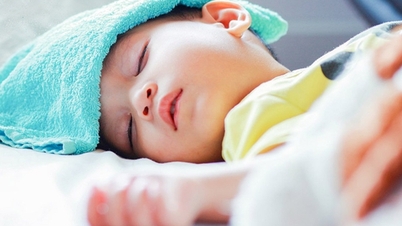



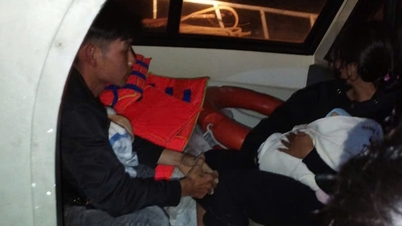

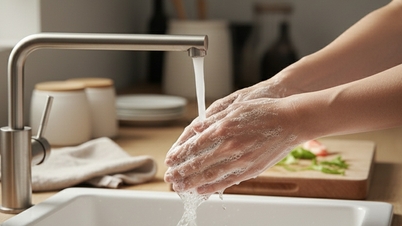
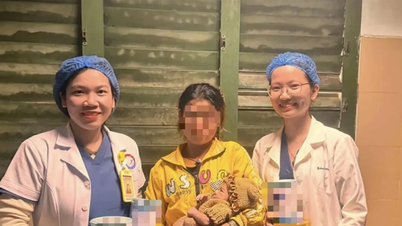




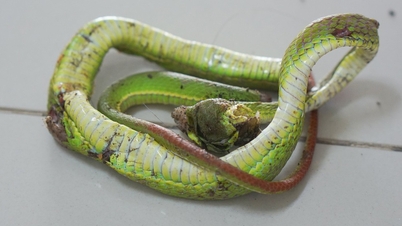













![[Photo] Prime Minister Pham Minh Chinh holds a phone call with the CEO of Russia's Rosatom Corporation.](/_next/image?url=https%3A%2F%2Fvphoto.vietnam.vn%2Fthumb%2F1200x675%2Fvietnam%2Fresource%2FIMAGE%2F2025%2F12%2F11%2F1765464552365_dsc-5295-jpg.webp&w=3840&q=75)



















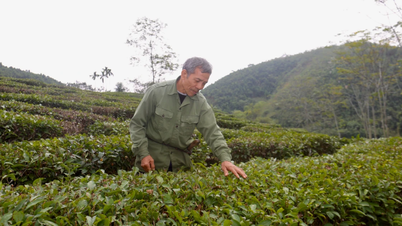





















































Comment (0)